ENVIRONMENTAL
IMPACT ASSESSMENTS
Our cross-cutting section introduces the National Environmental Management Act (NEMA). This page focuses on the Environmental Impact Assessment (EIA) process outlined in the EIA Regulations.
An Environmental Impact Assessment (EIA) is a vital tool for identifying and evaluating the direct, indirect, and cumulative impacts of proposed activities before an environmental authorisation (EA) can be granted. An EA is mandatory for activities listed in notices 1, 2, and 3. The primary goal is to avoid negative environmental impacts, and where avoidance is not possible, to mitigate them. Refer to the Mitigation Hierarchy for guidance on effective mitigation strategies.
An overview of the EIA Process
The applicant (or developer of a listed activity) must appoint an independent, registered Environmental Assessment Practitioner (EAP) to handle the Environmental Authorization application on their behalf. All EAPs must be registered with the Environmental Assessment Practitioners Association of South Africa (EAPASA).
The EAP will determine whether a Basic Assessment, a Scoping and Environmental Impact Report (S&EIR), or an exemption (refer to the list of exemptions) is required. Routine activities with minor, easily managed impacts on a small scale and short duration typically require a Basic Assessment. In contrast, more complex or long-term activities necessitate an S&EIR to thoroughly identify and manage potential impacts. Since October 2019, the National web-based Environmental Screening Tool has served as the mandatory starting point for the EIA process.
| Basic Assessment |
|
A Basic Assessment is the level of environmental assessment applied to activities listed in Listing Notice 1 and is governed by regulations 19 and 20 of the EIA Regulations. Typically, a Basic Assessment is used for activities considered less likely to have significant environmental impacts and, therefore, unlikely to require a Scoping and Environmental Impact Report (S&EIR). While a Basic Assessment Report (including specialist reports) provides a more concise analysis of the environmental impacts of the proposed activity, it still requires public notice and participation, consideration of potential environmental impacts, evaluation of possible mitigation measures, and an assessment of whether there are significant issues or impacts that might require further investigation. The Basic Assessment Report must supply the Competent Authority with sufficient information to evaluate the application and make a decision, which must be finalised within 107 days of receipt. |
| Scoping and Environmental Impact Report (S&EIR) |
|
The Scoping and Environmental Impact Report (S&EIR) is a comprehensive environmental assessment required for activities listed in Listing Notice 2, governed by regulations 21 to 24 of the EIA Regulations.
|
